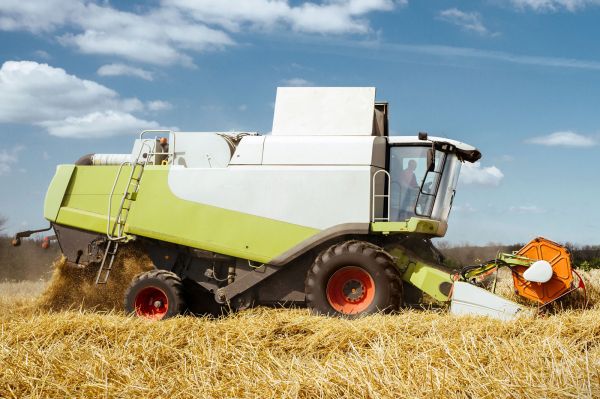BKT launches new harvesting tyre

During harvesting, the filling and emptying of the grain tank can cause considerable stress on tyres, leading to accelerated wear and damage such as cuts or punctures due to residue or debris on the ground. In addition, soil compaction is a major concern for farmers, as heavy machinery can damage the soil structure, reducing crop yields in the long term.
Due to its Very High Flexion (VF) technology, the Agrimax ProHarvest tyre can carry up to 40 per cent more load than a standard tyre at the same inflation pressure, thus enabling a wider and more even weight distribution on the ground, significantly reducing the risk of compaction and promoting soil conservation, the company said.
The tyre also features a reinforced polyester casing combined with three layers of steel belts that ensure greater resistance to
deformation and superior protection against mechanical stress, and extending its service life.
According to BKT, specific attention has been paid to the compound formulation, developed to provide high cut and chip resistance, as well as against damages caused by residual stubble or other abrasive materials on the ground, so the risk of punctures is minimised and maintenance costs are reduced.
The tyre’s tread features an innovative ‘open-shoulder’ design that improves traction on rough and wet terrain while enhancing self-cleaning properties. The rapid release of mud and debris is ensured during field and road transfers, thereby contributing to keeping high levels of both safety and performance throughout every stage of operations, according to the company.
Its Cyclic Field Operations technology is another added value, the company says, as it enables the tyre to tolerate temporary overloads beyond its capacity, as it occurs when the combine harvester’s tank reaches maximum fill and then returns to standard operating conditions once the load is reduced, preventing structural damage and ensuring a longer product life-cycle.




